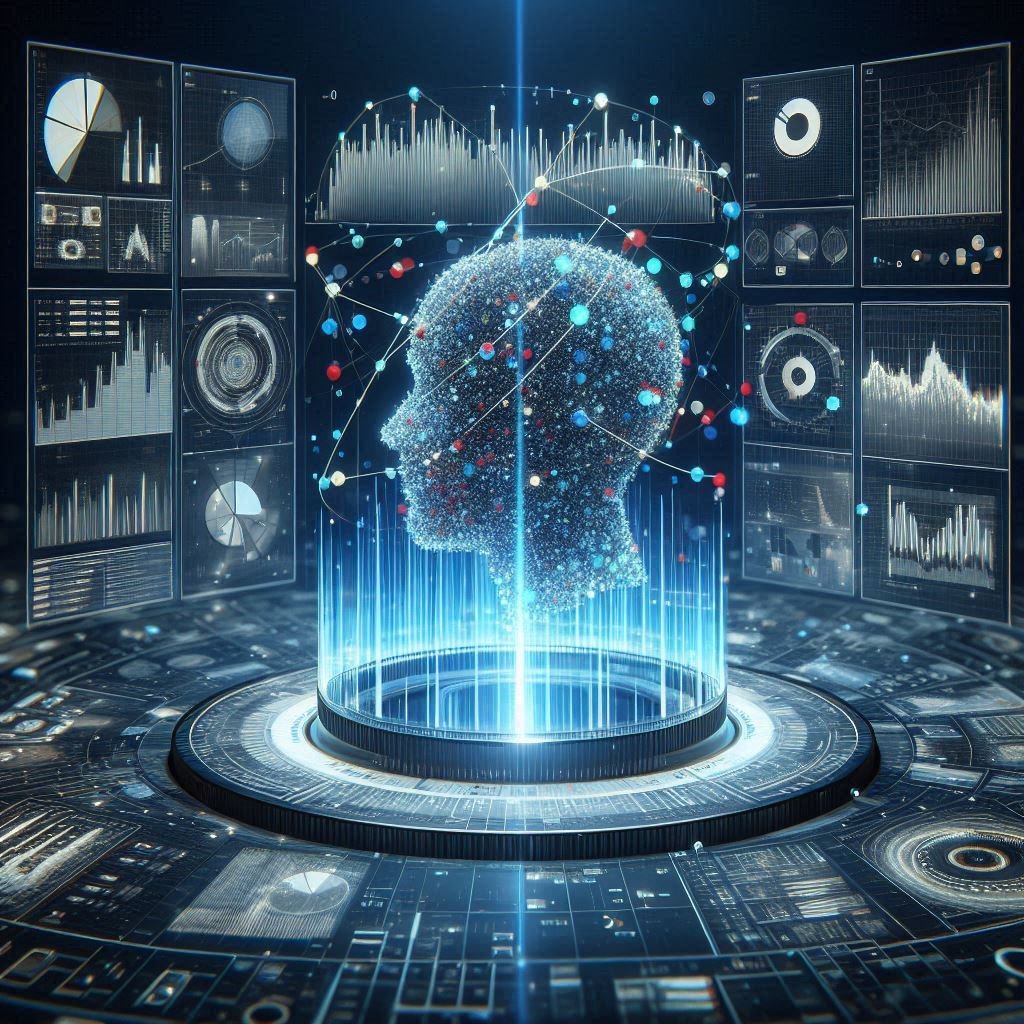Unmasking Bias in AI: How Hidden Prejudices Shape Technology, and What We Can Do About It
Estimated 5 minute read
Skip to Article Content:
Intentional vs. Unintentional Bias
Real-World Examples and Impacts
Introduction
Not a uniquely human trait, bias in AI is a significant, and growing concern in the field because it can lead to unfair, inaccurate, or discriminatory outcomes. Bias often arises from the data used to train AI models, reflecting societal, systemic, or individual biases present within that data. Understanding how these biases manifest, and their impacts is extremely important, especially as AI plays an increasingly prominent role in decision-making across various aspects of our lives. In this article, we'll break down the different types of biases in AI, whether they’re intentional or unintentional, and explore their real-world implications.
Types of Bias in AI
Bias in AI can take several forms, often stemming from the data, algorithms, or even the people developing the technology. Here are a few common types:
Selection Bias: Occurs when the training data is not representative of the entire population. If certain groups are overrepresented or underrepresented, the AI's predictions can skew towards those groups.
Example: An AI trained predominantly on data from younger users may underperform when predicting trends for older demographics.
Confirmation Bias: Happens when data collection or interpretation is influenced by existing beliefs, leading to results that confirm preconceived notions.
Example: An AI hiring system trained with data from a historically male-dominated industry might prefer male candidates, reinforcing gender disparities.
Algorithmic Bias: Results from the way an algorithm is designed or applied, leading to systematic errors.
Example: If an algorithm is trained to predict crime rates using biased historical data, it might unfairly target certain neighbourhoods or communities.
Label Bias: Arises when the labelling process itself is biased, either because of human error or subjective judgment.
Example: AI that relies on human annotations might reflect the annotator's biases, such as tagging certain facial expressions differently based on race.
Measurement Bias: Occurs when the data collected does not accurately represent the concept being measured.
Example: A healthcare AI system might rely on a single health metric that doesn’t fully account for variations across populations, leading to biased health outcomes.
Intentional vs. Unintentional Bias
Bias can be either intentional or unintentional. Intentional bias is deliberate, i.e. an organization might want to focus their AI’s analysis on a particular demographic for marketing purposes. Although this can provide targeted insights, it risks creating ethical dilemmas if it marginalizes other groups while not showing the full picture that would otherwise be noted from a complete dataset.
Unintentional bias is often more common, resulting from flaws in data collection, human error, or existing societal inequities that are mirrored in the data. These biases can creep into the AI model unnoticed, leading to unintended consequences and require close monitoring of the data and training processes.
Real-World Examples and Impacts
Healthcare: In healthcare, biased data can lead to unequal treatment. For example, some AI diagnostic tools have been found to underdiagnose diseases in women because training data was predominantly male-focused. This can result in delayed or incorrect medical interventions for women.
Hiring: AI-based hiring platforms have faced scrutiny for rejecting female candidates for technical roles due to biases embedded in historical data, favouring male resumes. This type of bias can reinforce existing inequalities in the workplace.
Law Enforcement: Predictive policing models that use biased historical crime data can lead to over-policing in marginalized communities. This creates a cycle where those areas are more heavily monitored, leading to more arrests and further reinforcing the bias.
Comparing Biased vs. Unbiased AI Outputs
Let’s consider an AI model developed to predict loan approvals:
Biased Model: If trained on data that historically favoured certain demographics, the AI might continue to disproportionately deny loans to underrepresented groups. This would perpetuate existing financial inequalities.
Unbiased Model: By training the model with a diverse and balanced dataset, ensuring that demographic factors do not influence creditworthiness, the AI could provide fairer outcomes. The result would be a model that bases decisions solely on relevant factors like credit score and financial history, without societal biases influencing the outcomes.
How to Mitigate Bias
Diverse Datasets: Use data that includes various demographics, perspectives, and scenarios to better represent the target population.
Fair Algorithm Design: Incorporate fairness constraints and regularly audit AI models for bias.
Human Oversight: Include diverse teams in AI development and ensure human oversight in critical decision-making scenarios.
Transparency: Ensure that AI systems are transparent, providing explanations for their decisions so biases can be identified and addressed.
Conclusion
Bias in AI is a complex issue that mirrors the biases found in our own societies. While it may not be possible to eliminate bias entirely, being aware of the different types and their impacts is a significant step toward creating more ethical AI systems. As AI continues to evolve, ongoing vigilance, transparency, and diverse representation in AI development are essential to minimizing harmful biases and ensuring that AI contributes positively to society. Exploring this further can help us not only understand how bias happens but also how we can build AI that serves everyone equitably.




